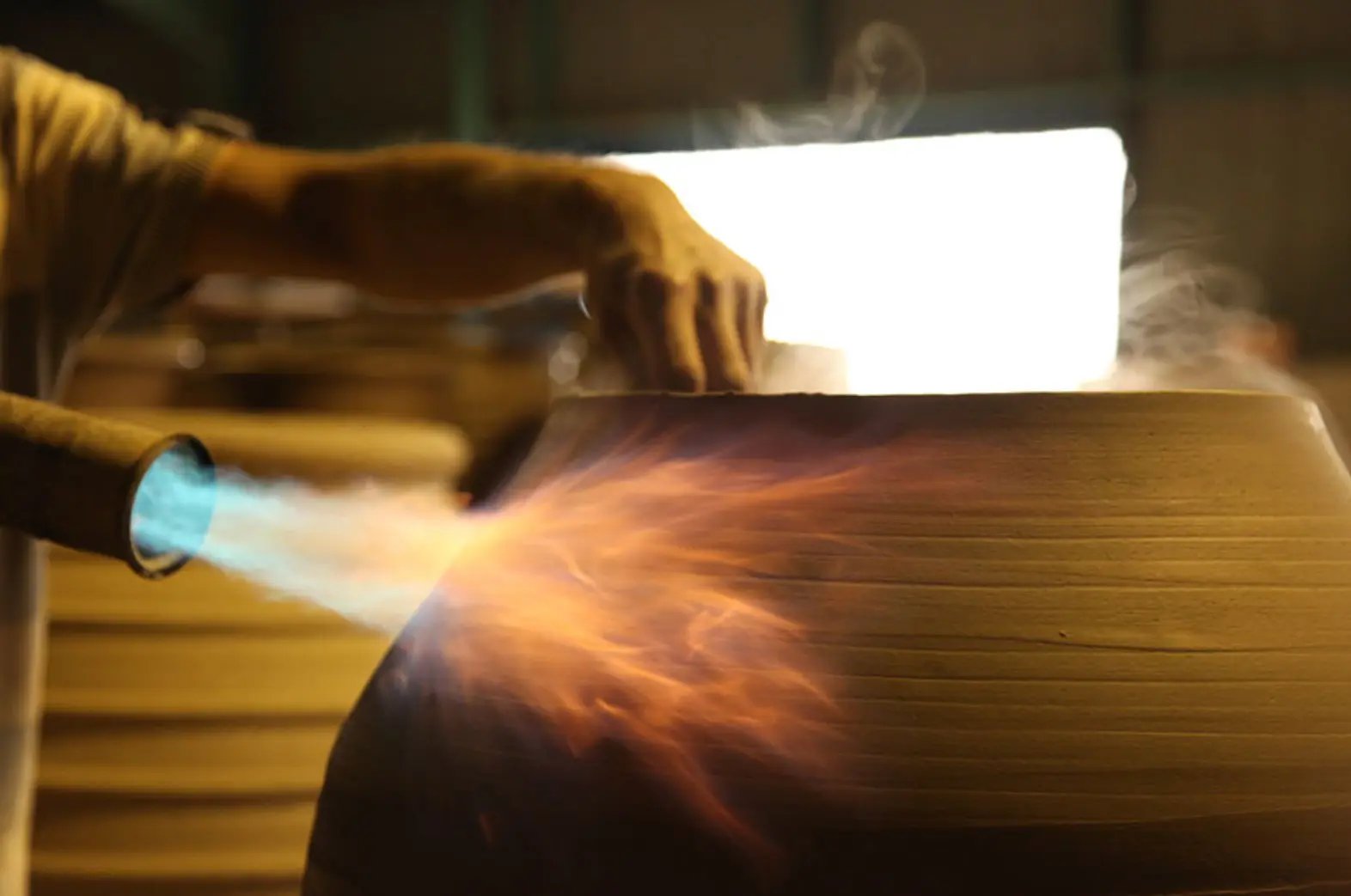TERRACOTTA FROM CRETE

The art of ceramics is a time-honored craft with a remarkable history that spans over 12,000 years, a legacy that has been meticulously passed down through countless generations. Throughout this extensive timeline, ceramics have played a vital role in human civilization, serving a wide array of purposes. From practical uses such as storing food, oil, and wine to more decorative applications seen in the exquisite embellishments of the Minoan Palace, ceramics have been integral to both daily life and artistic expression.
At the heart of ceramic creation are two fundamental materials: clay and water. These elements are essential for the crafting process, and while there are numerous techniques available for shaping ceramics, the true artistry lies in the unique form and size that each piece embodies. This individuality is what makes ceramics so captivating and diverse.
The journey of creating ceramics begins with the careful mixing of clay and water until the mixture reaches a pliable and workable consistency. Once the clay is prepared, it is placed on a potter's wheel, where skilled artisans employ their expertise to shape it into the desired form. This stage requires a delicate touch and a keen eye, as the potter must ensure that the piece is both aesthetically pleasing and structurally sound. After the shaping process is complete, the ceramics are left to dry thoroughly, allowing any excess moisture to evaporate, which is crucial for the subsequent firing stage.
Once the pieces have dried, they are ready for firing in specialized kilns, a pivotal step in the ceramic-making process. The firing involves subjecting the ceramics to high temperatures, typically around 1080 degrees Celsius, for an extended period of approximately 14 hours. This intense heat transforms the clay into a durable and resilient material, capable of withstanding the test of time.
After the firing process is complete, the ceramics must undergo a cooling period, which lasts for at least 14 hours. This cooling phase is essential, as it allows the pieces to stabilize and prevents any cracking or damage. Once cooled, the ceramics are filled with water and left to soak for a minimum of 24 hours. This soaking process further enhances the durability of the ceramics, ensuring they are ready for practical use.
When executed with precision and care, this entire process not only results in beautiful ceramic pieces but also imparts a remarkable resilience to the objects. They become capable of enduring various weather conditions, from harsh rain to intense heat, as well as fluctuations in temperature over the years. The enduring nature of ceramics is a testament to the skill and artistry involved in their creation, making them cherished items that can be appreciated for generations to come.
Plants such as bamboo, strelitzia, and other vigorous rooted plants will eventually outgrow and damage the planter if not repotted as they become too large. Failure to do so may void warranty.
CARE: To clean marks from pots use mild soapy water and a soft bristle brush such as a nail brush. Avoid harsh chemical or abrasives